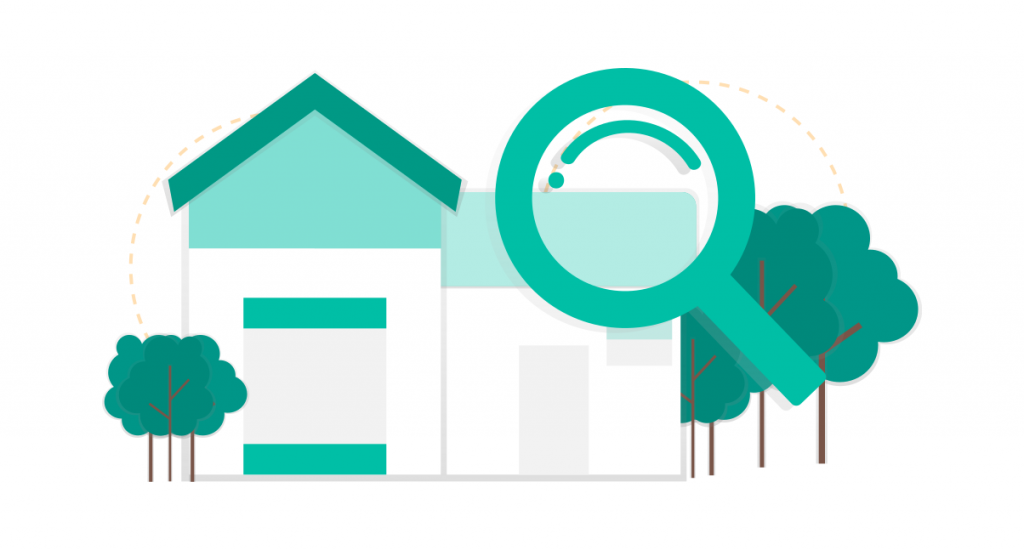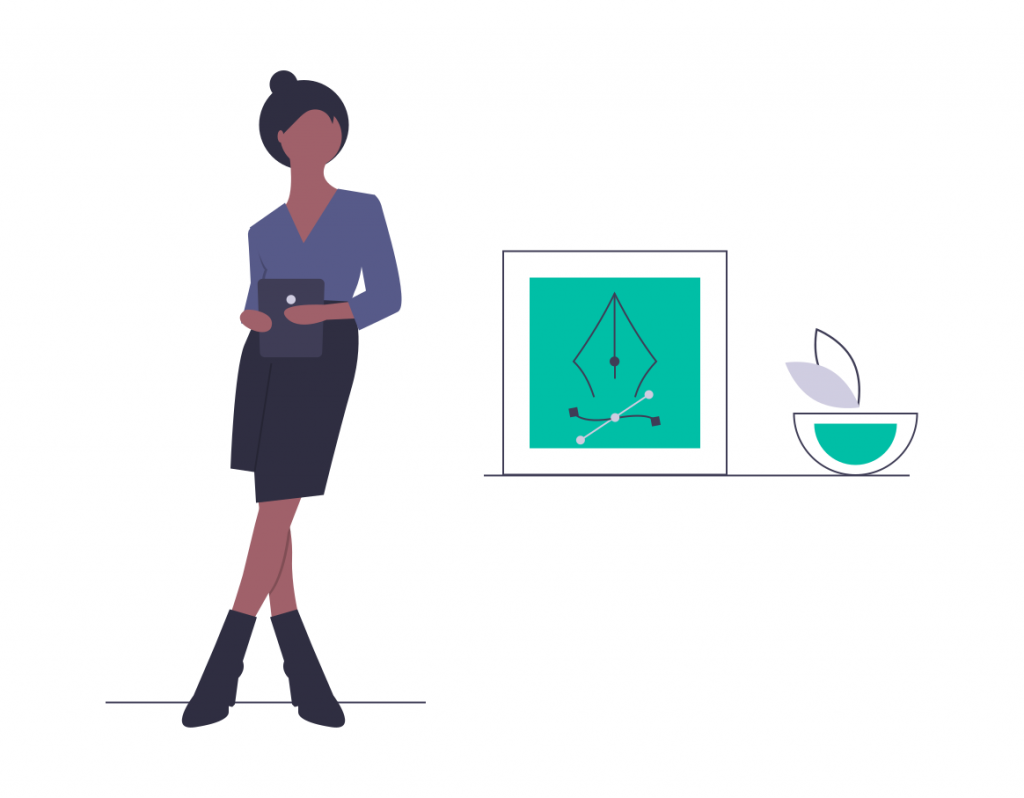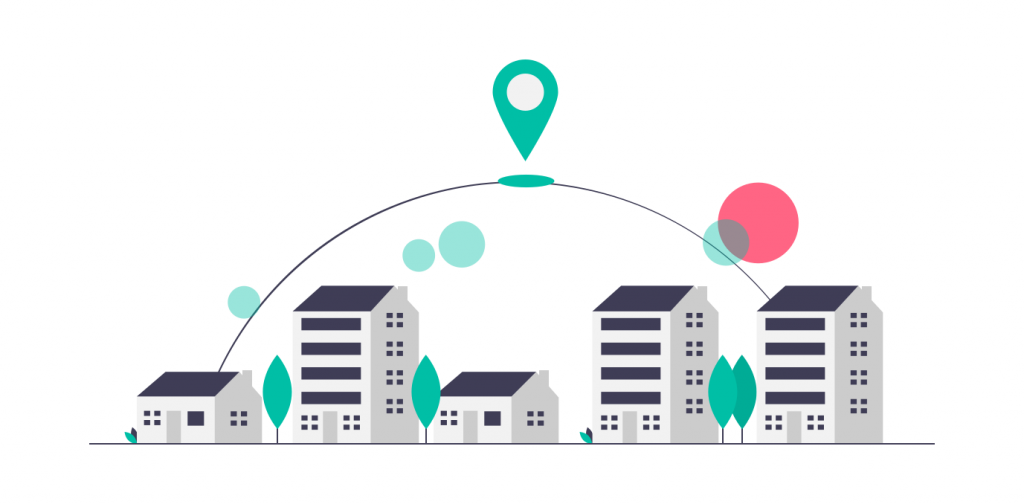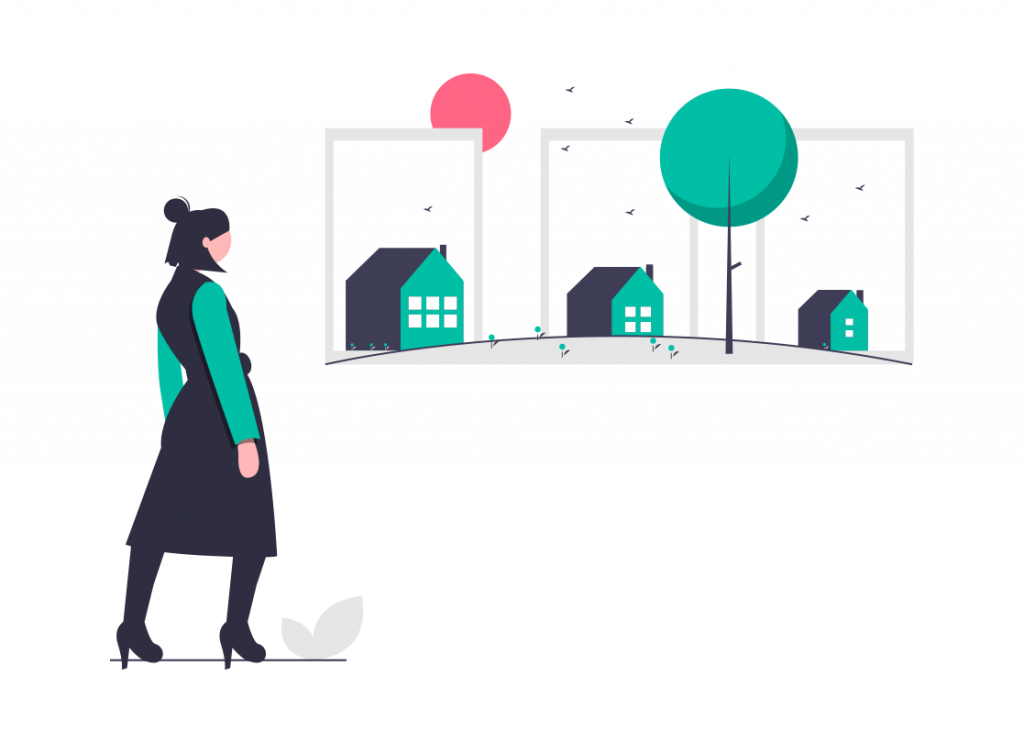
As technology and global events continue to transform the world we live in, it’s important that we as real estate agents don’t fall behind. Virtual home tour technology has been around for a while, but many still overlook it when building our real estate business. Instead, we repeat the same mistakes over and over again when trying to attract home buyers which costs us time, money, and clients.
We all want to avoid the pain of coming to the end of a listing contract without having sold the home. To do so, we need to gain a better understanding of virtual tours and how to implement them in their selling process. A good virtual tour, or real estate video tour, can be an important part of the home buying experience that saves the agent time and makes both the seller and buyer very happy.
The rest of this article will give you all of the information you need to create the best virtual home tours for your clients.
What is a virtual tour?

One of the problems in our industry is that everyone has a different definition for “virtual tour,” and few virtual home tours actually address the needs of the buyer market. Some people call video walkthroughs virtual tours, others provide navigable 3D models, and yet others say that photo slide shows are virtual tours.
While there is no right or wrong answer to the question, the important thing is that your virtual tour sees the home from buyers’ eyes, displays the home well, and highlights the key features that potential buyers are looking for.
Here are some additional qualities of an effective virtual tour:
- The tour uses real footage of the house and is not a digital recreation.
- You can easily access the tour using a web browser or phone.
- The technical aspects of the tour are good quality, such as fast load speed and high image resolution.
- The tour complements the home’s best aspects and backs up your other marketing materials.
- The tour gives buyers the feeling of going to the home in person.
How to create a good virtual tour experience
Now that we know the basic characteristics of a good virtual home tour, it’s time to talk about how you can make one for your clients. Whether you choose to use 3D home tour technology, a video camera, or your phone to create the tour, follow the steps below for the best results.
Step 1: Stage the home

Buyers are looking for a place they can imagine living in and displaying an empty house does not help their imagination. Most people need furniture and décor to provide a sense of familiarity and scale. The key is to strike a good balance. Too much clutter and staging can steal attention away from the actual home. Too little can make the space seem impersonal. If interior design is not your strongest skill, consider hiring a professional stager to help. This step can make or break your virtual home tour.
Step 2: Have good lighting
Anyone who’s taken a selfie knows that lighting makes a difference. Just like various lighting can make your nose look cute or huge, lighting in a house effects buyers’ impressions. Always avoid dim or moody lighting and make sure that lighting is consistent everywhere in the house. Also try to choose the best time of day to take your videos and photos depending on the direction that the home faces. By putting together ample daylight with well-placed artificial lighting, you will be able to best capture each space in the home.
Step 3: See from the eyes of the buyer

Since the best virtual tours mimic the experience of a real, in-person house tour, think from the perspective of the buyer. What would a buyer want to look at? Where would they go? Every view you choose to pause at should be a natural place where someone would stop in a room. Quick tip: people tend to linger at windows with interesting views and landings that overlook other parts of the house. Make sure your virtual tour feels like an authentic experience.
Step 4: Highlight the best and special parts of the home
Just like any other marketing collateral, you want to highlight the best aspects of the home in your virtual tour. Even though some parts of a home don’t seem important, they can show off the unique personality of the space. Part of this is remembering to show the outdoor areas of a home. Start the virtual tour with a street view so that buyers know what it’s like to walk up to the house from their car. Also include any patios, gardens, or other outdoor living spaces.
Step 5: Make it a whole package

Consistency is important when it comes to the marketing materials. Make sure your photos, brochures, and floorplans match the image of the home that you have conveyed in your virtual tour. When everything works together, your buyer will feel like they have visited the home even before they step through the front door. If there are inconsistencies, you will lose their trust and, most likely, their business.
Step 6: Choose the right delivery system
Once you have put together a complete marketing package with your virtual tour, 2D photos, brochures, and floor plans, it is time to choose the right way to send this package to potential buyers. AirSend lets you share and organize large files and send messages to people with ease. The ability to drag and drop large files from a built-in file management system and send them all in one place makes sharing virtual tours and other materials fast and cost effective with AirSend. Other delivery system options include email, which can be clunky and hard to keep track of, and only placing the materials on your website, which is less personal.
Ready to make good virtual tours?

Just because potential buyers may not be able to visit homes in person doesn’t mean they can’t still do a home tour. Technology exists to solve our problems, and virtual tours can do a lot for real estate agents like us during these unusual times. Now that you have all of the information you need to create the best virtual home tours for your clients, it’s time to get moving. Good luck!
AirSend is a versatile digital workspace for real estate professionals to share files, send messages, and complete tasks. See how AirSend can help you as your business grows here.